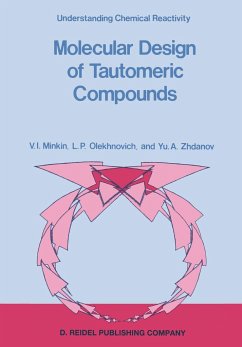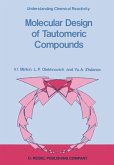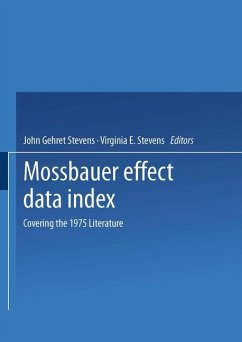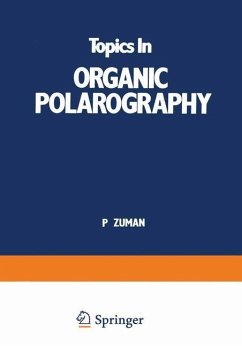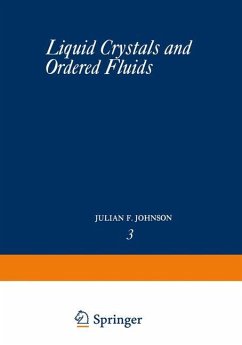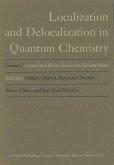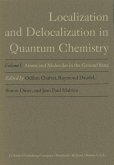Until the early seventies, tautomeric i. e. fast and reversible rearrangement reactions accompanied by migrations of carbon-centered groups - were practi cally unknown. For a long time it was assumed that the family of tautomeric reactions was confined to proto tropic transformations only. However, the discovery in the fifties of the reversible metallotropic rearrangements showed the domain of migratory tautomerism to be substantially broader. The synthesis of the metallotropic compounds was based on the substitution of a proton in prototropic compounds by an organometallic group. This approach rarely proved fruitful when attempting to effect tautomeric rearrangements of organic and organometallic groups formed by the elements to the right of carbon in the Periodic Table. By contrast, a novel approach involving an analysis of the steric requirements inherent in the structure of the transition state of a reactive center and an examination of the stereodynamic possibilities has given rise to a target-oriented molecular design of compounds capable of rapid and reversible intramolecular migration of the type indicated. The implementation of this ap proach, which is the subject of the present book, has already led to the preparation of new tautomeric compounds in which such heavy organic migrants as acyl, aryl, sulfinyl, phosphoryl, arsinyl, and other groups migrate in molecules at a frequency 6 9 of 10 -10 S-I at ambient temperature, i. e. , at the rates comparable with protonic migrations.
Hinweis: Dieser Artikel kann nur an eine deutsche Lieferadresse ausgeliefert werden.
Hinweis: Dieser Artikel kann nur an eine deutsche Lieferadresse ausgeliefert werden.
`... provides a well-organized discussion of a large number of tautomeric transformations, many of them observed only during the last ten years.'
`Overall, this is a highly useful and timely textbook that makes interesting reading for advanced undergraduate and graduate students in (physical) organic chemistry. The book is recommended, not only for personal purchase, but also for inclusion in all major chemical library collections.'
Recueil des Travaux Chimiques des Pays-Bas, Vol. 107, No. 5, May 1988
`Overall, this is a highly useful and timely textbook that makes interesting reading for advanced undergraduate and graduate students in (physical) organic chemistry. The book is recommended, not only for personal purchase, but also for inclusion in all major chemical library collections.'
Recueil des Travaux Chimiques des Pays-Bas, Vol. 107, No. 5, May 1988
`... provides a well-organized discussion of a large number of tautomeric transformations, many of them observed only during the last ten years.'
`Overall, this is a highly useful and timely textbook that makes interesting reading for advanced undergraduate and graduate students in (physical) organic chemistry. The book is recommended, not only for personal purchase, but also for inclusion in all major chemical library collections.'
Recueil des Travaux Chimiques des Pays-Bas, Vol. 107, No. 5, May 1988
`Overall, this is a highly useful and timely textbook that makes interesting reading for advanced undergraduate and graduate students in (physical) organic chemistry. The book is recommended, not only for personal purchase, but also for inclusion in all major chemical library collections.'
Recueil des Travaux Chimiques des Pays-Bas, Vol. 107, No. 5, May 1988

